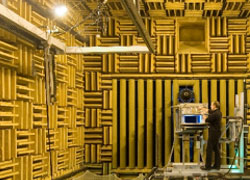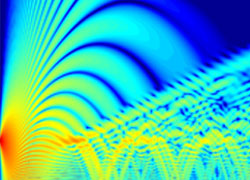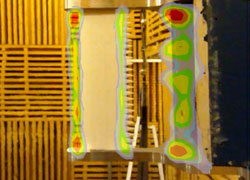PIBE project organisation
A project structured in 3 work packages



Project organisation
Technical organization
Project Management
Management and coordination
- David Ecotière (Cerema/UMRAE)
Steering Comitee
- David Ecotière (Cerema/UMRAE)
- Benoit Gauvreau (Ifsttar/UMRAE)
- Benjamin Cotté (ENSTA ParisTech/IMSIA)
- Michel Roger (Ecole Centrale de Lyon/LMFA)
- Fabrice Junker (EDF Renouvelables)
- Isabelle Schmich-Yamane (EDF DTG)
Scientific coordination
- WP 1 : Michel Roger (Ecole Centrale de Lyon/LMFA)
- WP 2 : Benoit Gauvreau (Ifsttar/UMRAE)
- WP 3 : Fabrice Junker (EDF Renouvelables)
Agenda and funding
Agenda: the PIBE project covers a 5-year period from 01/01/2019 to 01/01/2024
Funding: the total cost of the project is €1,360,000. The project is half funded by the ANR and half self-financed by each of the partners.
